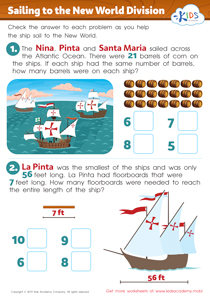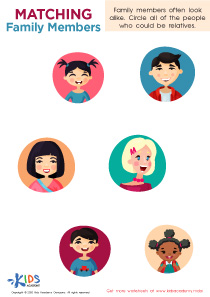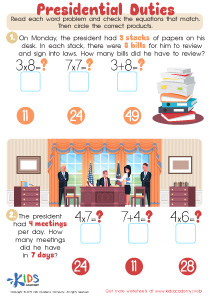Visual recognition Social Studies Worksheets for Ages 6-9
4 filtered results
-
From - To
Our Visual Recognition Social Studies Worksheets for ages 6-9 are designed to enhance young learners' understanding of history and civics through engaging, image-based activities. These worksheets help children develop keen visual recognition skills while exploring topics like community roles, historical events, and cultures. Each worksheet combines vibrant illustrations with thought-provoking questions to make learning interactive and fun. Perfect for classroom use or at-home practice, these educational resources encourage curiosity, critical thinking, and a love for social studies. Empower your child to engage with the world around them through visually stimulating exercises and real-life context. Start exploring today!
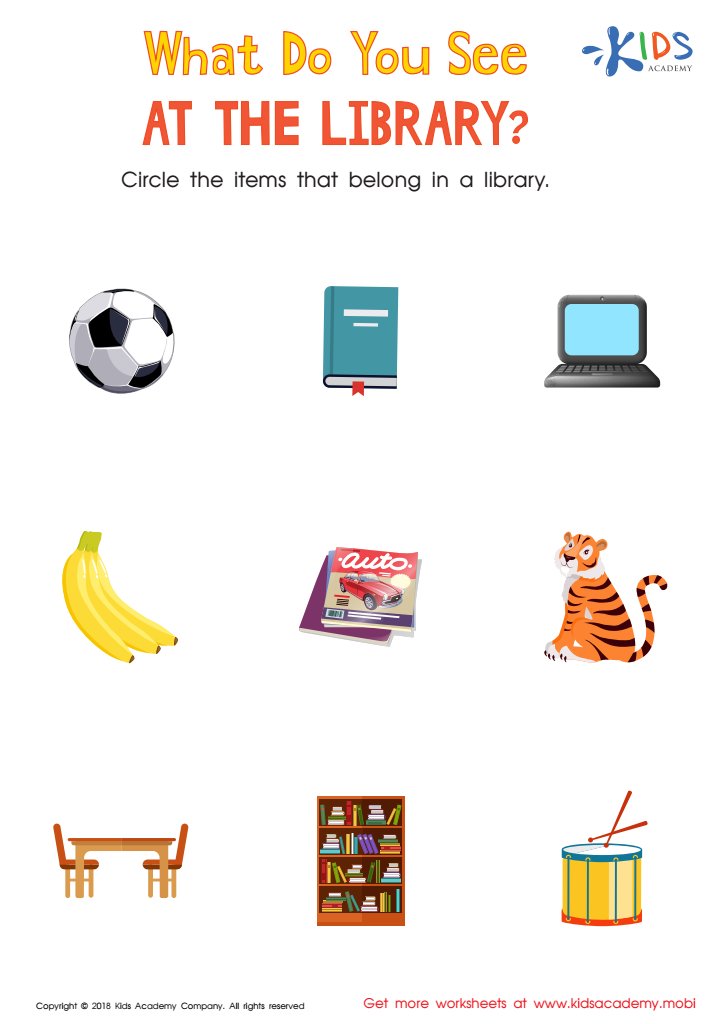

What Do you See at the Library? Worksheet
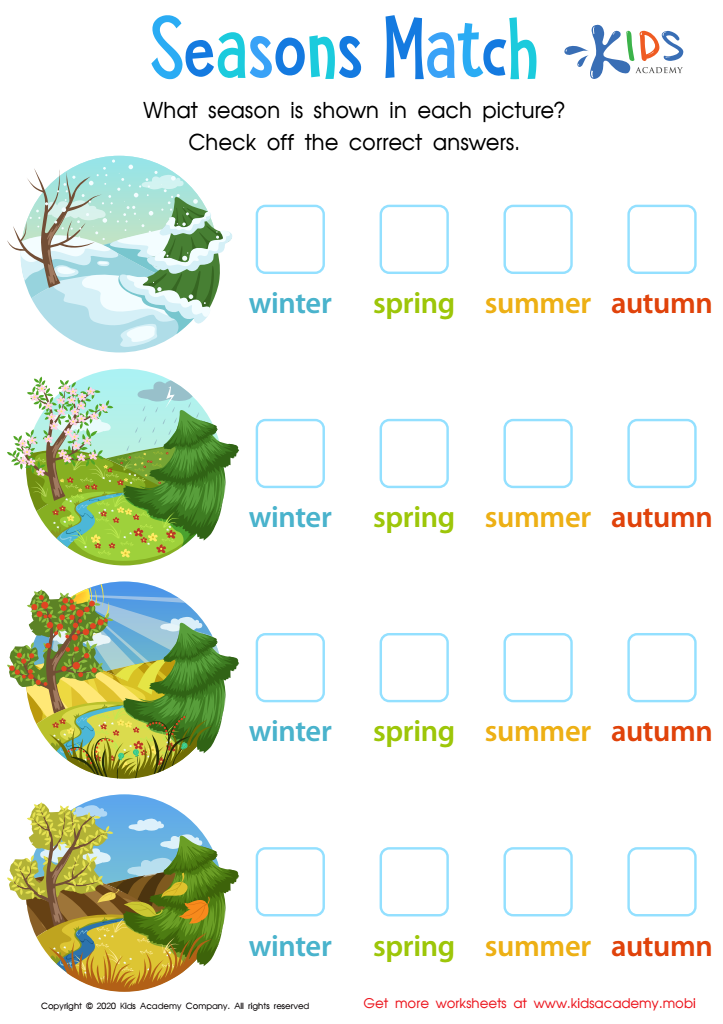

Seasons Match Worksheet


Skip Counting by 10 Through Our Community Worksheet
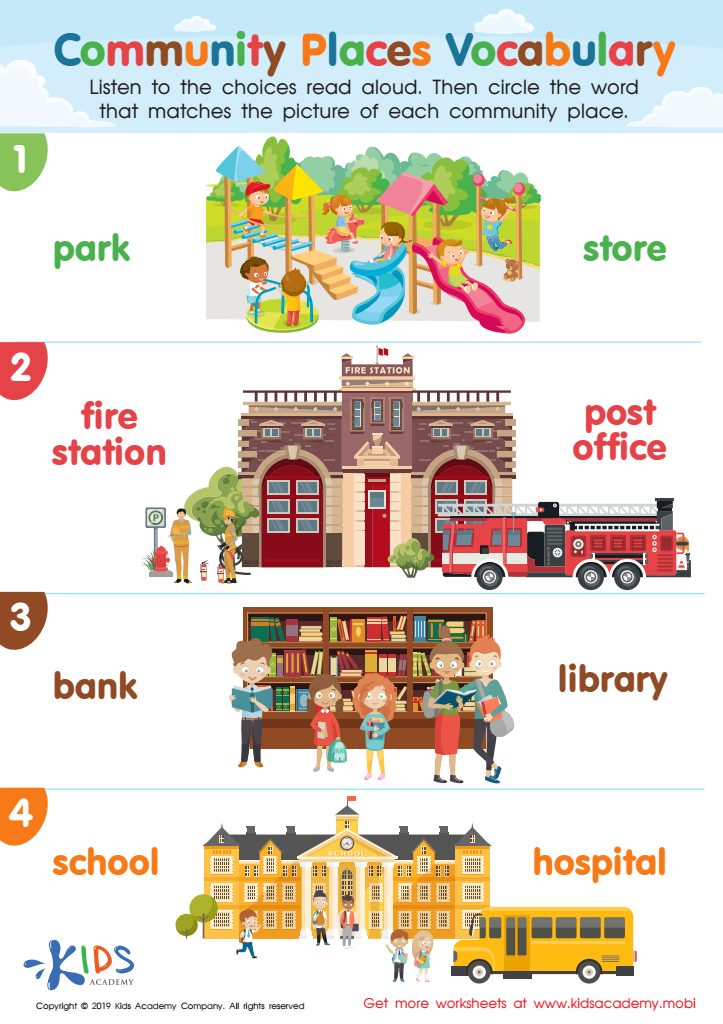

Community Places Vocabulary Worksheet
Visual recognition in social studies is crucial for children aged 6-9 because it forms a foundational understanding of the world around them. At this developmental stage, children are exceptionally receptive to visual learning due to their evolving cognitive and perceptual skills. Integrating images, maps, symbols, and graphs into social studies stimulates curiosity and enhances comprehension. For instance, associating pictures of historical figures or landmarks with specific events provides a concrete context that helps young minds grasp complex concepts more easily.
Furthermore, visuals can bridge language barriers and aid in the assimilation of diverse learners. When children see images representing different cultures, practices, and communities, they develop empathy and a global perspective, promoting social cohesion and respect. This multicultural awareness is essential in our interconnected world.
Additionally, visual literacy promotes critical thinking. Children learn to analyze images, infer meanings, and derive conclusions, which are vital skills across all subjects and life situations. Through activities like examining photographs or interpreting simple graphs, students enhance their observational skills and engage deeply with the content.
Parents and teachers should prioritize visual recognition in social studies to foster an engaging, inclusive, and analytical learning environment. It's not only about recalling facts but also understanding and connecting with the world in a more meaningful way.
 Assign to My Students
Assign to My Students




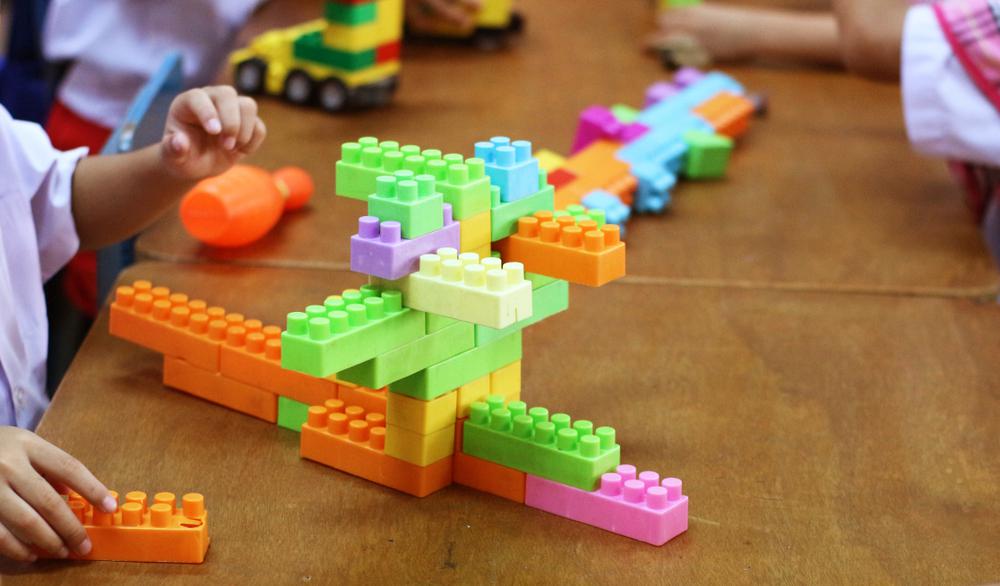



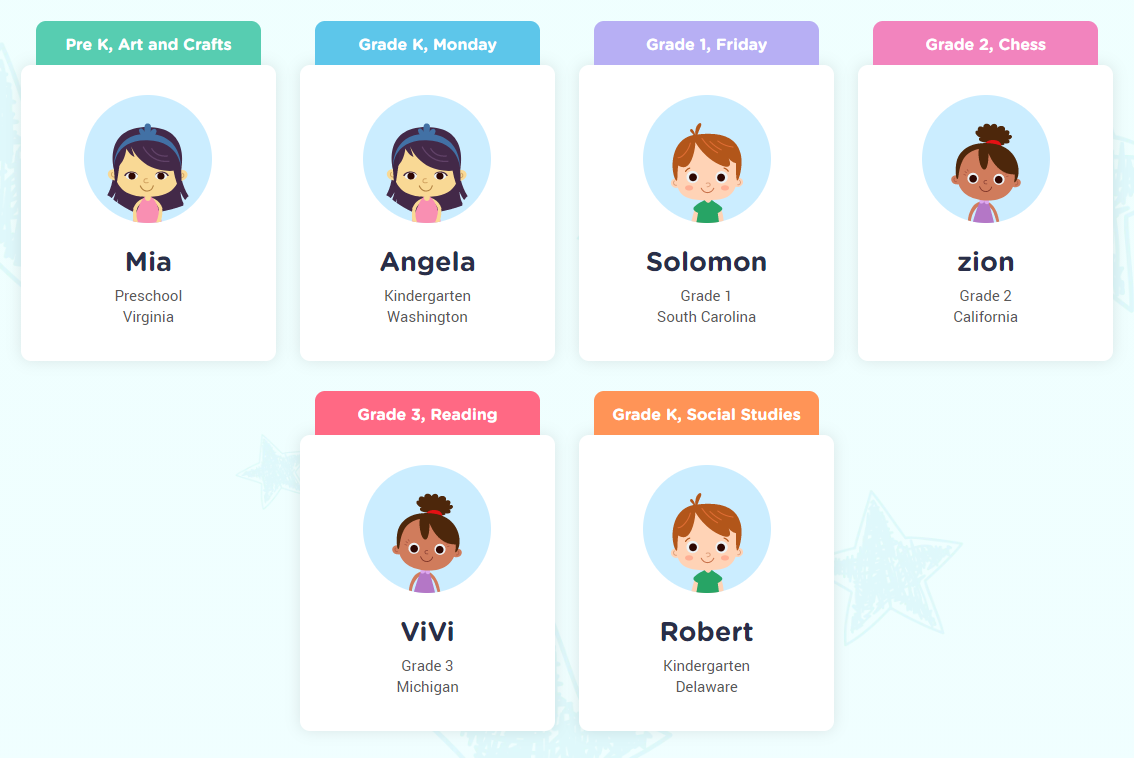
.jpg)

